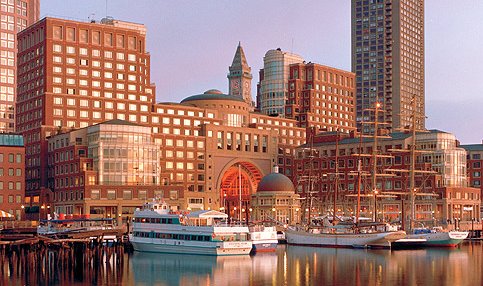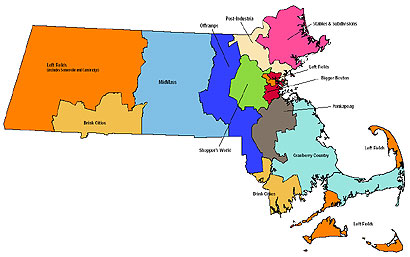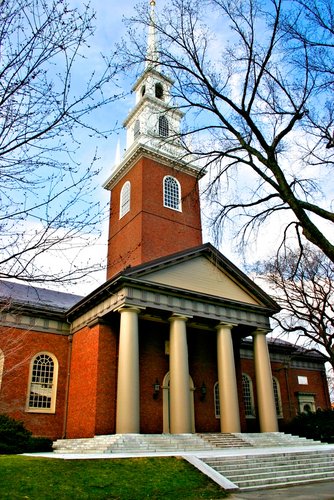 Boston Harbor
Boston HarborSince its discovery in the 1630s, the Boston Harbor has played an important part in history. It was the site of the Boston Tea Party on December 16, 1773. In the 1960s, the water was so polluted that it became the focus of one of the first harbor cleanup programs.
Boston’s exports include grains and metals and its imports are petroleum products, automobiles and general container cargo. In 2004, the port handled 1.3 million tons of general cargo, 1.5 million tons of non-fuels bulk cargo, and 12.8 million tons of bulk fuel.
After the attack on September 11th, Boston suffered as the travel, financial services and high technology sectors were low. Between 2001 and 2003, nearly 32,000 jobs in these sectors were lost however in 2004, the some of the jobs were leveled off, especially in tourism. Manufacturing in Boston has lost some of its ground but it remains an important sector of the economy. Considered one of the top places to do business in the United States, Boston is home to many major industries including finance, high-technology research and development, tourism, medicine, education, commercial fishing, food processing, print and publishing, and government.

Early in Boston history, wool processing and the manufacturing of clothing, textiles, shoes and leather good remained at the center of the industry. Boston is home to Fleet Bank, investment firms such as Fidelity Investments, and insurance firms such as John Hancock Financial Services. Boston is one of the country’s top 10 tourist attractions with a focus on the city’s history sites, restaurants and hotels. In 2004, 16.3 million tourist came to Boston, bringin in $7.9 billion!
Fishing continues to be a focal point in Boston’s economy with more than two million pounds of fish being caught in the waters in and around Boston each year. Such surpluss of fish make Boston a fishing, food processing and food store prime industry. Both large and small printing operations keep thousands of workers employed in the metropolitan area.
Fortune’s Top Companies in Boston
Bain & Co.
Bingham McCutchen
Boston Consulting Group
Nixon Peabody
Pricewaterhouse Coopers
Procter & Gamble
http://en.wikipedia.org/wiki/Boston_Harbor
http://www.city-data.com/us-cities/The-Northeast/Boston-Economy.html
http://money.cnn.com/magazines/fortune/bestcompanies/2007/states/Massachusetts.html









